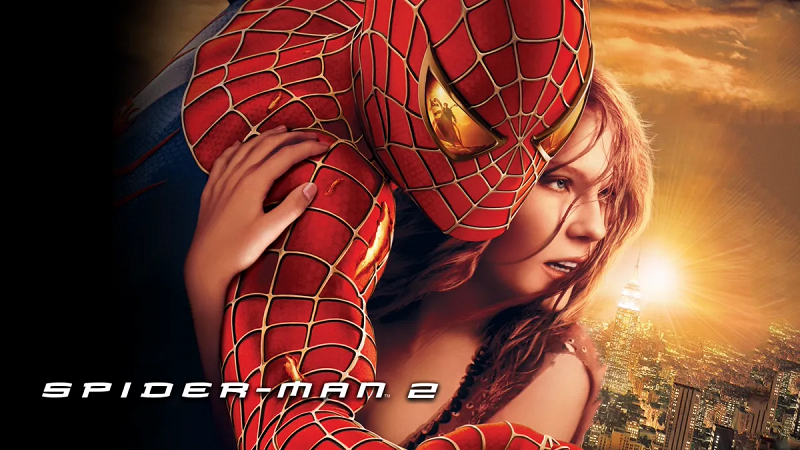20 years ago, the whole of New York held its breath as Spider-Man fought Doc Ock on the roof of a subway. But the strongest moment of this Marvel masterpiece came afterwards
Once they were fighting at dizzying heights on a clock tower, they fall into the depths and crash over the roof of a subway as it races through the urban canyons of New York. Spider-Man (Tobey Maguire) and Doc Ock (Alfred Molina) engage in a duel to the death, while the big city races by to the left and right – in the heat of battle, it is sometimes even torn apart at the seams.
Spider-Man slithers across the asphalt, crawls along walls and catapults himself straight as an arrow through the narrow opening of an overpass before he can catch the civilians thrown around by Doc Ock with his web. The subway fight in Spider-Man 2 is the best action sequence in superhero cinema. Despite all the furious movements, the strongest moment only takes place at a standstill.
In the strongest scene of Spider-Man 2, Peter Parker is saved by the whole of New York
One of the most impressive things about Sam Raimi’s Spider-Man films is that he makes the staging of a USD 200 million comic blockbuster look as light and dynamic as if we were swinging from one skyscraper to the next with the Marvel hero. Nevertheless, the final seconds of the subway fight are an incredible feat of strength that you can see and feel in every single frame
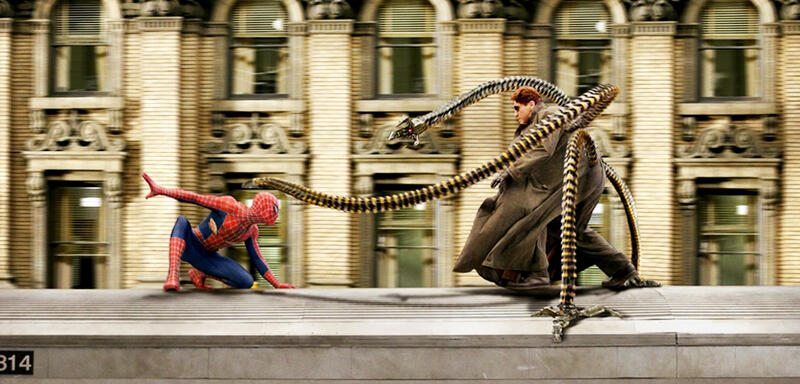
(Spider-Man 2)
With all his might, Spider-Man tries to stop the subway sabotaged by Doc Ock before it plunges into the depths at the end of the tracks. Peter Parker stretches out in front of the first carriage and clings to the city’s buildings with his spider webs, looking as if he might burst at any moment. He has even lost his mask and his suit is tattered. But then New York pulls him back.
Just before Spider-Man collapses from exhaustion into the abyss, several hands hold him down. They belong to the passengers whose lives he has just saved. They pull him into the car, pass him over the rows of seats and carefully place him on the floor. There lies “a boy, no older than my son”, as one of the bystanders says in bewilderment. Not a superhero. Or a superhero like all of us?
Spider-Man 2 allows for a vulnerability that is increasingly lost in superhero cinema
What makes the moment so poignant is its incredible simplicity. Raimi uses all the possibilities of modern blockbuster cinema to capture the greatest possible spectacle on the screen. Suddenly, however, there is a sincerity that disarms even Doc Ock for a split second, who completely exchanges his tragic side for his sadistic instincts in this sequence.
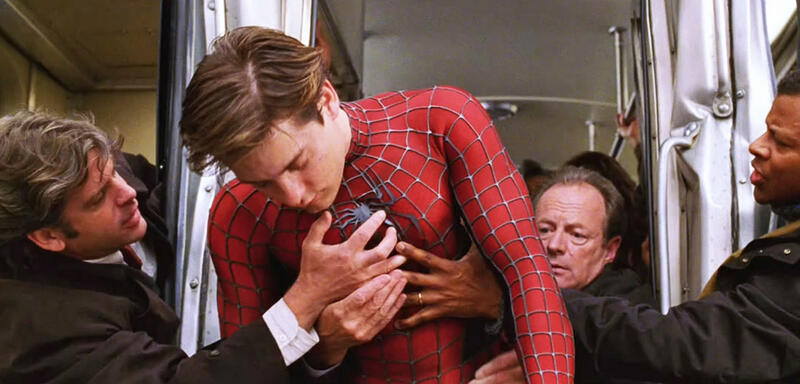
(Spider-Man 2)
Even more touching, however, is the vulnerability and understanding of vulnerability that Raimi allows. No cool line, no clever editing and certainly no ironic break to conceal the fact that one of our protagonist’s greatest fears has just come true. For two films, Peter Parker has been doing everything he can to protect his identity so that the people he loves are not put in danger.
Now the whole of New York is looking him straight in the face, but not with the eager eyes of a J. Jonah Jameson looking for the next scoop. An unexpected tenderness transforms Peter’s panic into something completely unfounded. It almost feels like Raimi is resolving the teen angst of this coming-of-age story disguised as a superhero movie through a fundamentally human gesture.
The last innocent moment of superhero cinema is hidden in Spider-Man 2
The boundaries between the superhero and his city become blurred. Spider-Man is not only carried and embraced by New York. Before he knows it, New Yorkers are standing between him and Doc Ock because the real man is more inspiring than his mask. It is possibly the last innocent moment of superhero cinema before the abysses of Christopher Nolan, Zack Snyder and co. take over
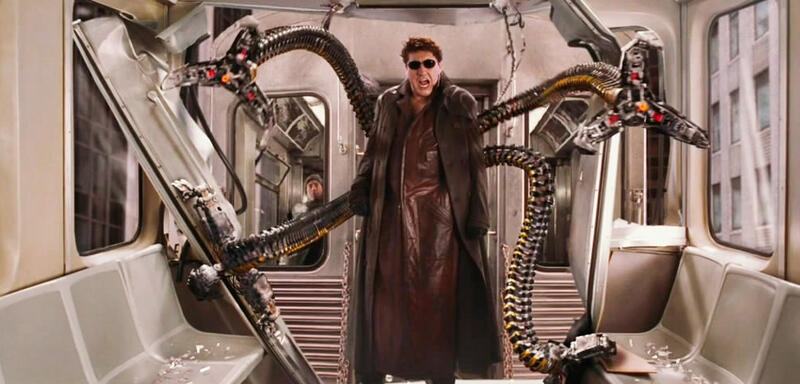
(Spider-Man 2)
If we look closely, however, Raimi also struggles with the idealism that flows through his Spider-Man and puts a spanner in the works of his newfound courage. “If you want him, you’ll have to get past me,” says one of the passengers. Others join in. “Trifle,” replies Doc Ock, grinning impudently as he bores his way through the crowd with his mechanical tentacles.
Is the selflessness of his naivety being punished? Is Raimi secretly a cynic after all and not the romantic who sees his Marvel epics first and foremost as great melodramas? Although it looks like it, Doc Ock is not right. Raimi is already a step ahead of most of his fellow directors who later redefined the genre with their dark stories.
More: The best films of 2024 (so far) in the ranking
What Sam Raimi has ahead of the dark superhero films by Nolan, Snyder and co
Where films like The Dark Knight are clearly characterized by the aesthetics of post-9/11 blockbuster cinema and isolate their characters in urban ruins and war zones, Raimi brings people back together. No lone knight in front of ruins, no omniscient surveillance cameras and certainly no military retaliation fantasies à la Iron Man: Raimi finds something much more powerful
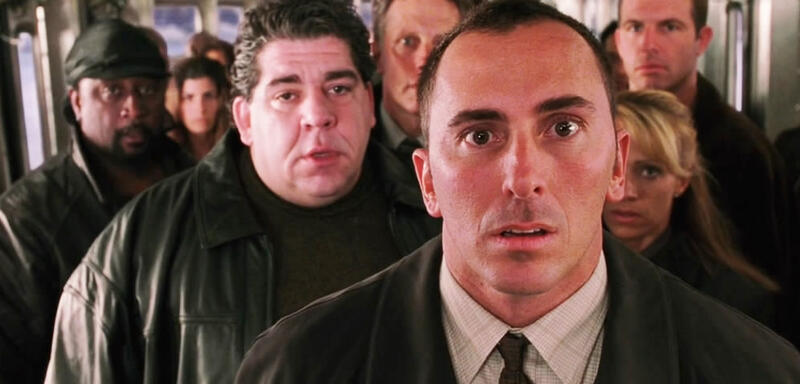
(Spider-Man 2)
The cohesion that develops between the people in the subway car when they protectively stand in front of Spider-Man is only possible because Raimi has allowed vulnerability (of the hero) in the deliberate and careful build-up to the emotional climax and thus brings all the characters to eye level. Regardless of the trauma they have experienced, which they have not let go of to this day.
Raimi is not looking for larger-than-life heroes in his Spidey films. What preoccupies him most is the exploration of interpersonal relationships, which in the end also reveals Doc Ock’s tragedy, although he previously appears as the unstoppable evil and wins with his poses. Raimi, however, has an admirable empathy for the pain of the characters – and in the end, all of New York is one of them.
